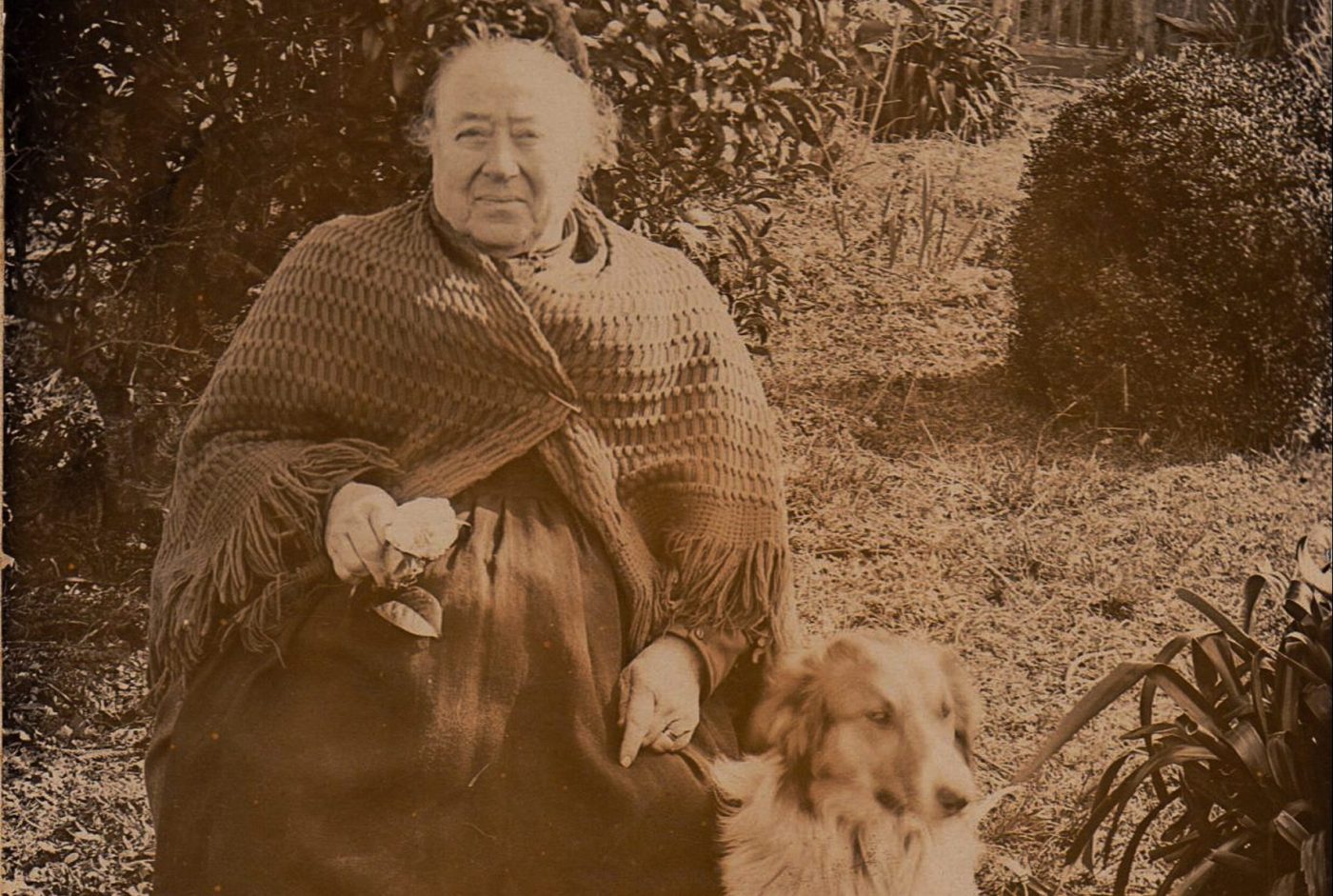
This is a shared arts column put together by Howick Historical Village, Te Tuhi, and Uxbridge Arts and Culture.
Howick Historical Village (HHV) is pleased to feature an article on Christmas Cards by Judy Wilson, past president of The Howick and Districts Historical Society and now a dedicated Collections volunteer.
For many years, Judy’s researched and written about the Society’s collection, publishing her fascinating work in the Society newsletter.
HHV shares the stories of Victorian Auckland, welcoming visitors to see what life was like during this post-Te Tiriti o Waitangi/19th century chapter in the history of empire.
Christmas cards
The first English Christmas card was printed in 1843 and received a somewhat scandalous reception.
It featured an English family, including a young girl, toasting the festive season, each with a glass of red wine.
The Temperance Society kicked up such a fuss, it was three years before another Christmas card was produced. This time, the tradition of sending Christmas cards took off.
In my lifetime, our letterboxes were filled with hand-written Christmas cheer.
We used to have Christmas card lists, and being dropped off the list was almost like being unfriended on social media.
Over the last years the cards have become less, the strings of them around the walls shorter. Nowadays an email arrives with the same message to everyone and no more postage to pay, no more “post by October 25 to ensure delivery overseas in time!”
As for our contemporary cards, they feature the jolly Santa Claus we know now, which was first visualised by German-American cartoonist Thomas Nast in 1863.
Canonising the description shared by Clement Clarke Moore, an American writer, in his 1823 poem ‘Twas the night before Christmas, Nast’s Santa is “chubby and plump, a right jolly old elf”.
In Victorian England, however, we see ghosts aligned with Christmas as in Charles Dickens’ 1843 book A Christmas Carol.
Scrooge and the reader are led through the story by the spirit of Jacob Marley, and encounter Ghosts of Christmas Past, Present, and Future.
Regardless of the forms these icons of Christmas take – a jolly old elf or the Ghost of Christmas Present, who resembles early-Victorian images of Father Christmas – the magic of the holiday is brought to life.
The magic that ties back to the miracle birth of Jesus Christ at the centre of the original Christian story.
In the colonies, Christmas time brought waves of homesickness for the old country, and the cards reflected this.
News and nostalgia from ‘home’ were treasured, and many of the cards were saved.
Some of the real treasures in the archives at the Howick Historical Village are the old Christmas cards dating back from 1890-1904.
They were sent to the Wagstaff family in Howick. Mrs Rachel Wagstaff, pictured above, who was the postmistress at the Howick Post office at that time, preserved all these cards in her scrapbook, an item we treasure.








